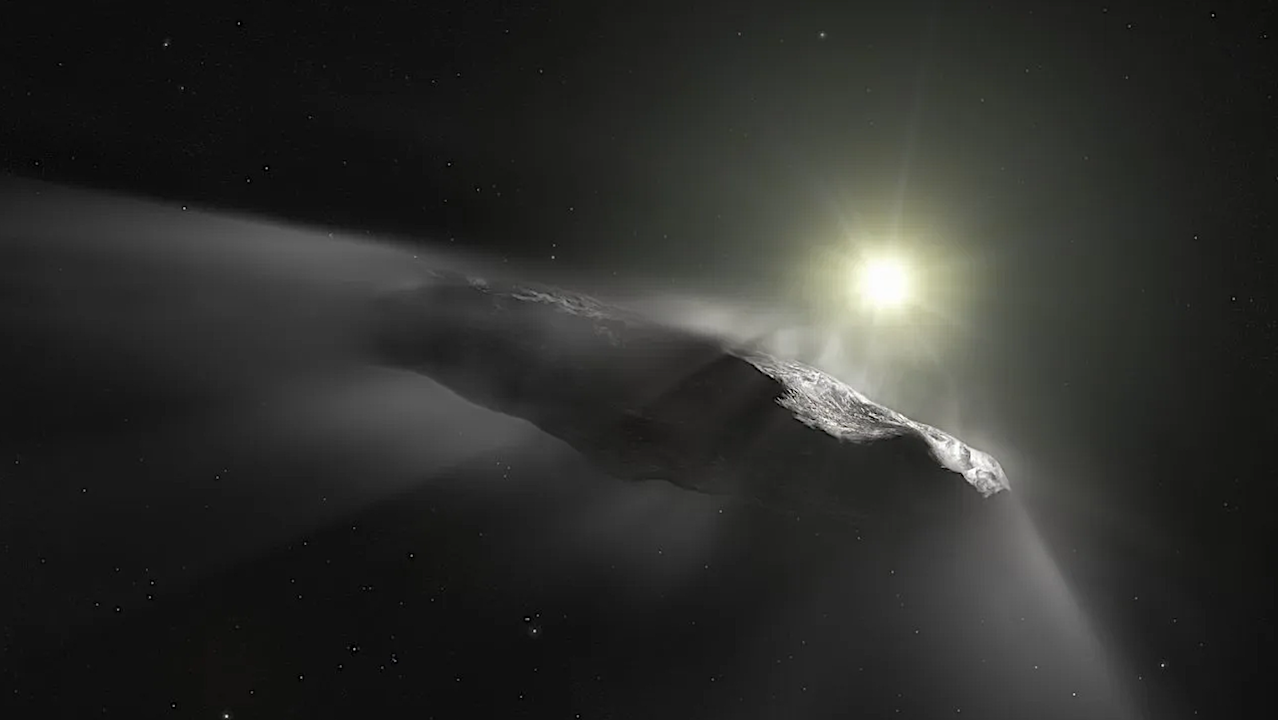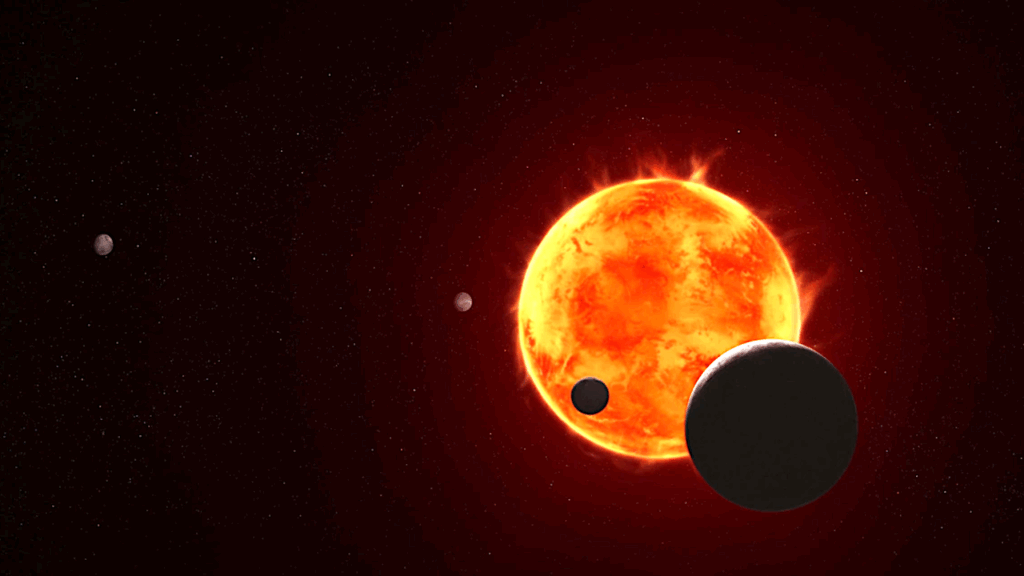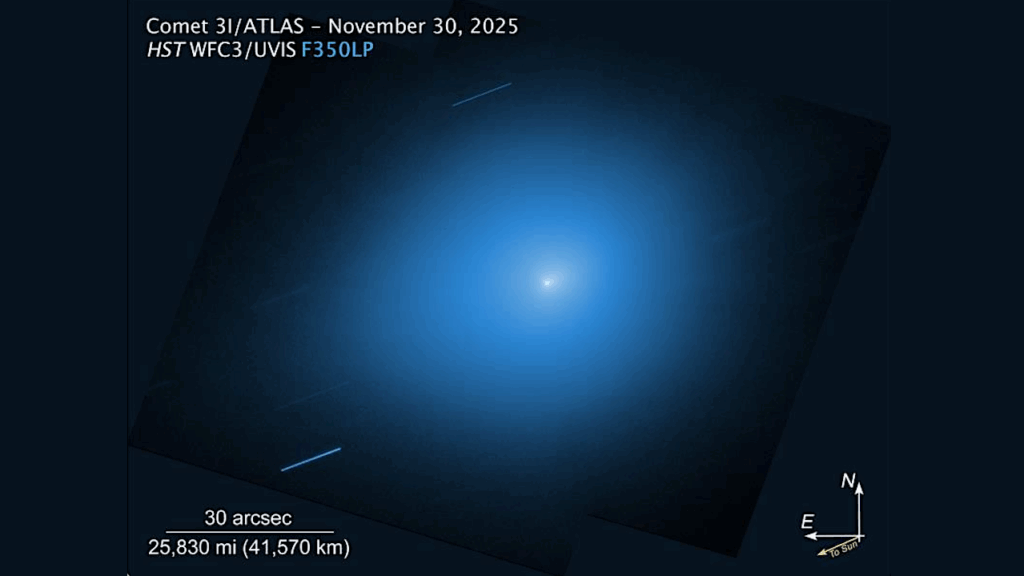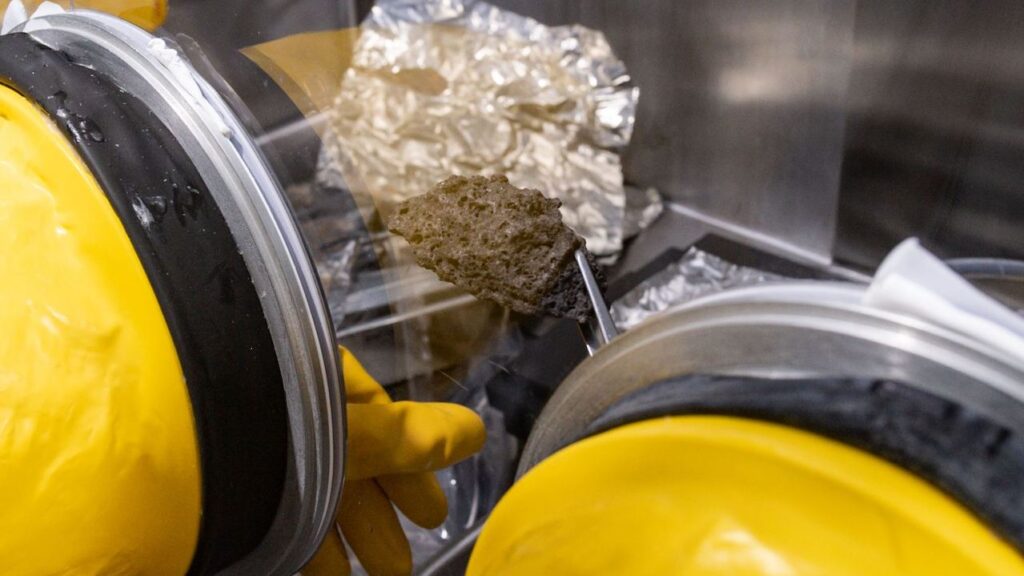Configuration of Single Giant Planet Systems Generating `Oumuamua-Like Interstellar Asteroids

The first discovered interstellar small object, `Oumuamua (1I/2017 U1), presents unique physical properties of extremely elongated geometric shape and dual characteristics of an asteroid and a comet.
These properties suggest a possible origin through tidal fragmentation, which posits that ‘Oumuamua was produced through intensive tidal fragmentation during a close encounter with a star or a white dwarf, resulting in its shape and ejection from its natal system. According to this mechanism, a high initial orbit eccentricity and a small pericentre of the parent body are necessary to produce `Oumuamua-like objects.
To verify whether this mechanism can occur in single giant planet systems, we conduct long-term numerical simulations of systems with a low-mass (0.5M⊙) host star and a giant planet in this study. We determine that an eccentric orbit (ep∼0.2) and a Jupiter-mass (Mp∼MJ) of the planet appears to be optimal to generate sufficient perturbations for the production of `Oumuamua-like objects.
When the planetary semi-major axis ap increases, the proportion of planetesimals ejected beyond the system P(ej) increases accordingly, while the possibilities of ejected planetesimals undergoing stellar tidal fragmentation P(tidal|ej) remains relatively constant at ∼0.6%. Focusing on stellar tidal fragmentation alone, the ratio of extremely elongated interstellar objects to all interstellar objects is Pe∼3%.
Xi-Ling Zheng, Ji-Lin Zhou
Comments: 10 pages, 9 figures, 5 tables, accepted for publication in MNRAS
Subjects: Earth and Planetary Astrophysics (astro-ph.EP)
Cite as: arXiv:2502.03336 [astro-ph.EP] (or arXiv:2502.03336v1 [astro-ph.EP] for this version)
https://doi.org/10.48550/arXiv.2502.03336
Focus to learn more
Submission history
From: Xiling Zheng
[v1] Wed, 5 Feb 2025 16:30:34 UTC (1,954 KB)
https://arxiv.org/abs/2502.03336
Astrobiology,








